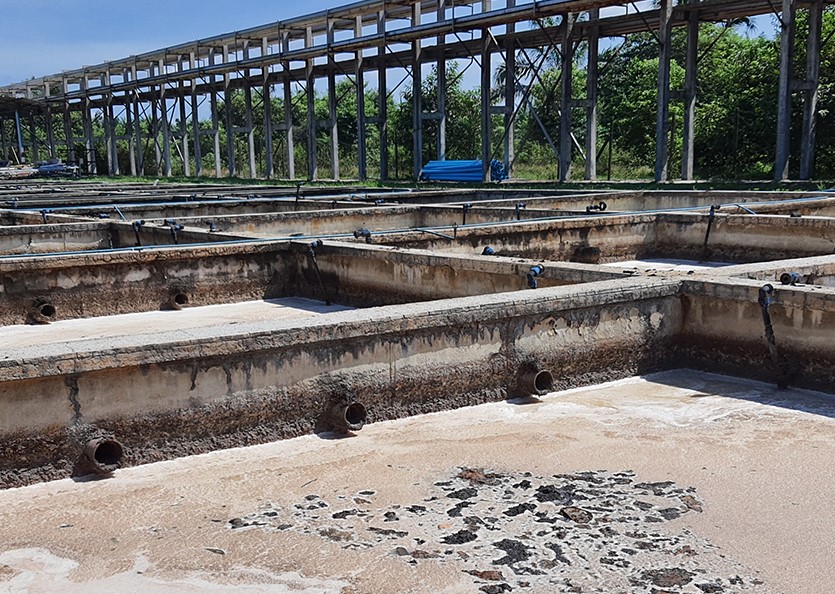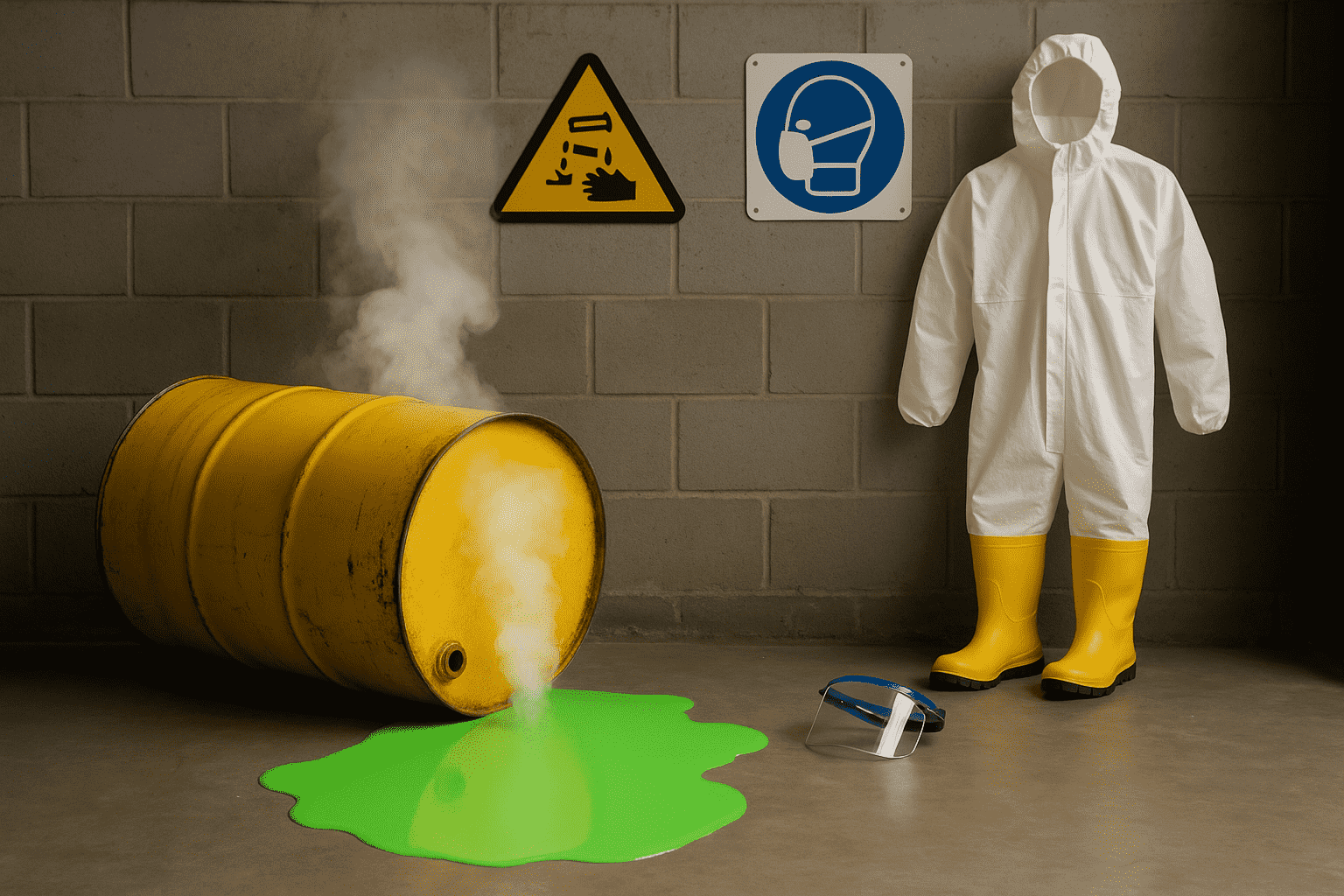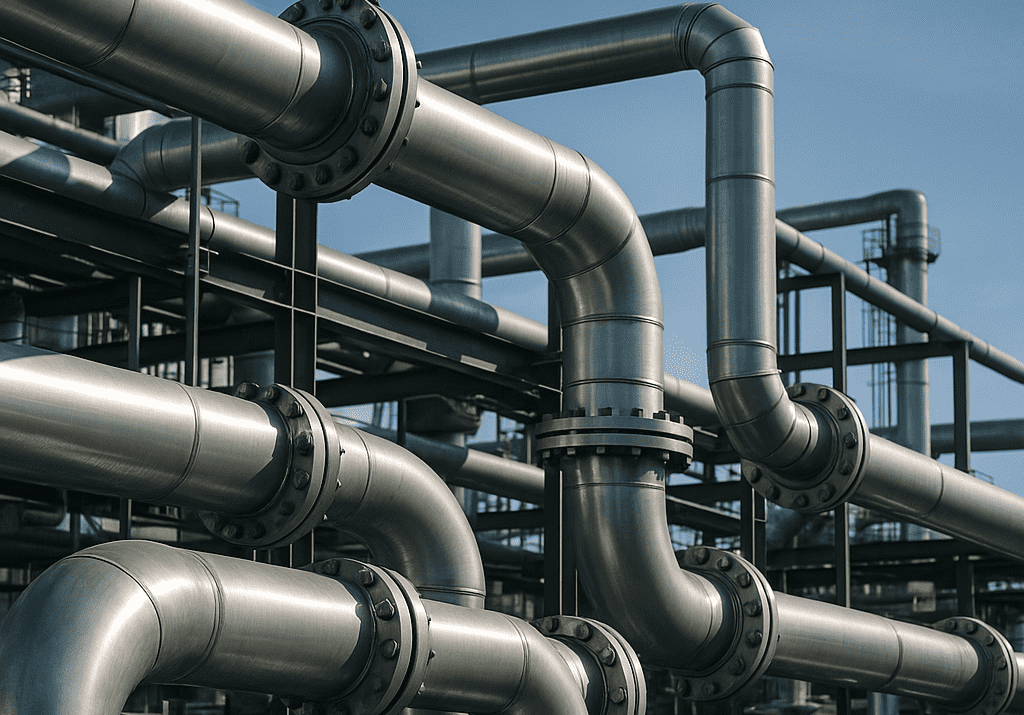A Guide to Floating Suction Assemblies: Handling, Materials, and Maintenance

Floating suction assemblies are specialized systems used in storage tanks to withdraw the cleanest possible liquid. These assemblies consist of a floating mechanism connected to a suction pipe, allowing them to adjust dynamically to liquid levels. They are widely used in industries such as oil refining, chemical processing, and aviation, where maintaining liquid purity is crucial. This article explores the types of liquids these assemblies can handle, material selection for durability, and essential maintenance considerations before purchase.
Liquids Suitable for Floating Suction Assemblies
Floating suction assemblies are designed to efficiently handle various liquids, particularly those susceptible to contamination, stratification, or sediment accumulation. They are widely used for:
- • Petroleum-Based Liquids – Crude oil, refined fuels, and lubricants, ensuring minimal sediment intake and high-quality fuel extraction.
- • Aviation Fuels – Used in the aviation industry to ensure clean fuel withdrawal, preventing contamination and improving fuel efficiency.
- • Industrial Chemicals & Solvents – Including biofuels and chemical feedstocks, maintaining system efficiency and liquid purity.
Material Selection and Durability
The durability, performance, and longevity of floating suction assemblies depend significantly on material selection. The right materials enhance corrosion resistance, chemical compatibility, mechanical strength, and operational efficiency.
- 1. Corrosion Resistance
- • Stainless Steel (304/316) – Provides excellent corrosion resistance for petroleum products, water, and mild chemicals. Grade 316 is preferable for marine or highly corrosive environments.
- • Aluminium – Lightweight and corrosion-resistant, commonly used for aviation fuel and non-aggressive chemicals.
- 2. Chemical Compatibility
- • High-Density Polyethylene (HDPE) & Polypropylene – Suitable for chemically aggressive environments.
- • Fluoropolymers (PTFE or Teflon-Coated Components) – Provide excellent resistance against acids and solvents.
- • Carbon Steel (With Coatings) – Requires protective coatings to prevent rust and corrosion in industrial applications.
- 3. Mechanical Strength & Wear Resistance
- • Carbon Steel – Strong and durable but requires protective coatings to prevent corrosion.
- • Reinforced Polymers – Offer good impact resistance and lightweight properties.
- 4. Temperature & Environmental Considerations
- • Cold-Resistant Alloys (Nickel-Based Alloys, Stainless Steel 316L) – Prevent brittleness in low temperatures.
- • Heat-Resistant Materials (Specialty Stainless Steels, Ceramics) – Maintain structural integrity in high-temperature applications.
- 5. Float Material Considerations
- • Stainless Steel Floats – Strong and corrosion-resistant, ideal for oil and chemical applications.
- • Aluminium Floats – Lightweight but prone to corrosion in saline or aggressive chemicals.
- • Plastic Floats (HDPE, Polyurethane) – Excellent buoyancy and chemical resistance but may degrade under extreme UV or temperature conditions.
Maintenance Considerations
To ensure long-term reliability and efficiency, proper maintenance of a floating suction assembly is essential. Regular upkeep minimizes downtime, extends service life, and maintains fluid purity. Before purchasing a floating suction assembly, consider the below mentioned material-specific maintenance aspects:
- • Stainless Steel Components – Regularly checked for corrosion, especially in saline or acidic environments.
- • Aluminium Parts – Require protection against oxidation, particularly in fuel applications.
- • Plastic or Composite Components – Must be inspected for wear, cracks, or chemical degradation.
By selecting high-quality materials and implementing proper maintenance, businesses can ensure long-term reliability, reduce operational disruptions, and maintain product quality. Understanding these factors help optimizing efficiency and extending the lifespan of floating suction assemblies.
Frequently Asked Questions
Q.1 How can the effectiveness of a floating suction skimmer be measured?
A. The effectiveness of a floating suction skimmer can be measured by assessing its oil recovery rate, efficiency in separating contaminants, and adaptability to varying fluid levels.
Q.2 What maintenance is required to keep a floating oil skimmer operational?
A. Regular maintenance of a floating oil skimmer includes cleaning the skimmer head, inspecting and replacing worn-out components, and ensuring the pump and hoses remain free of blockages for optimal performance.





